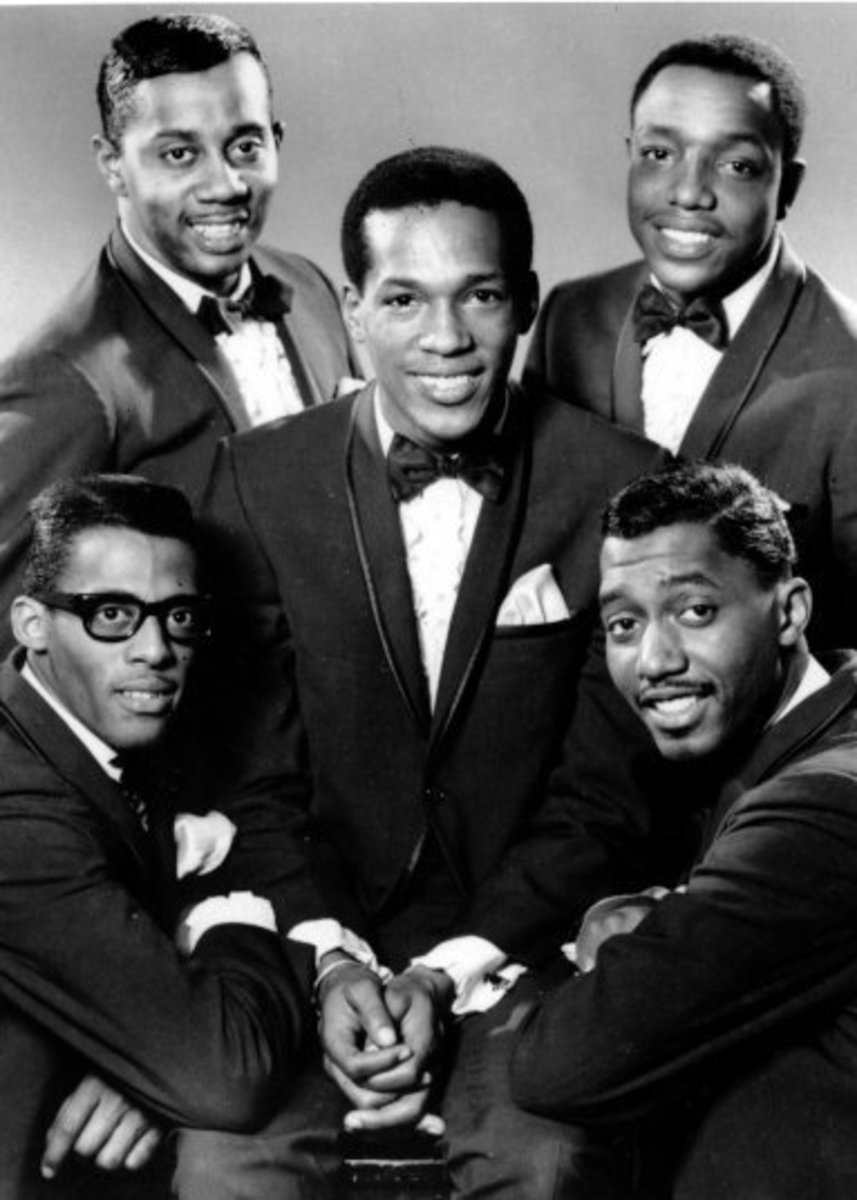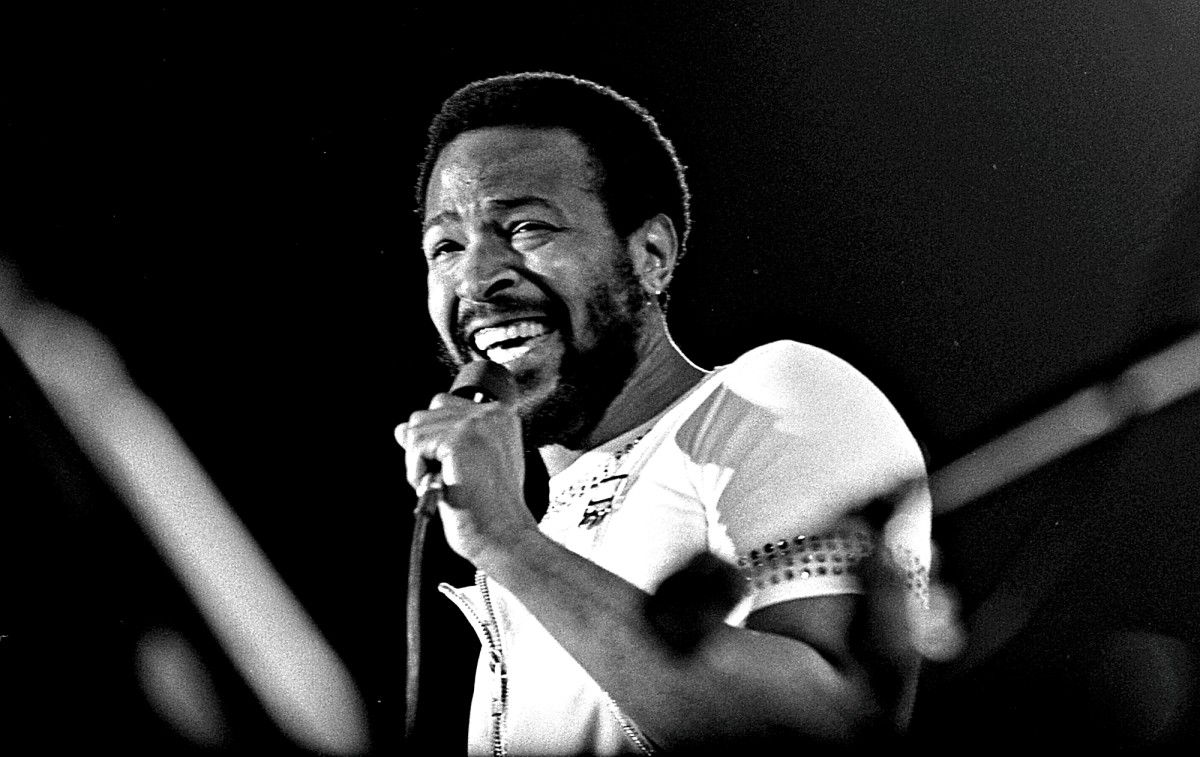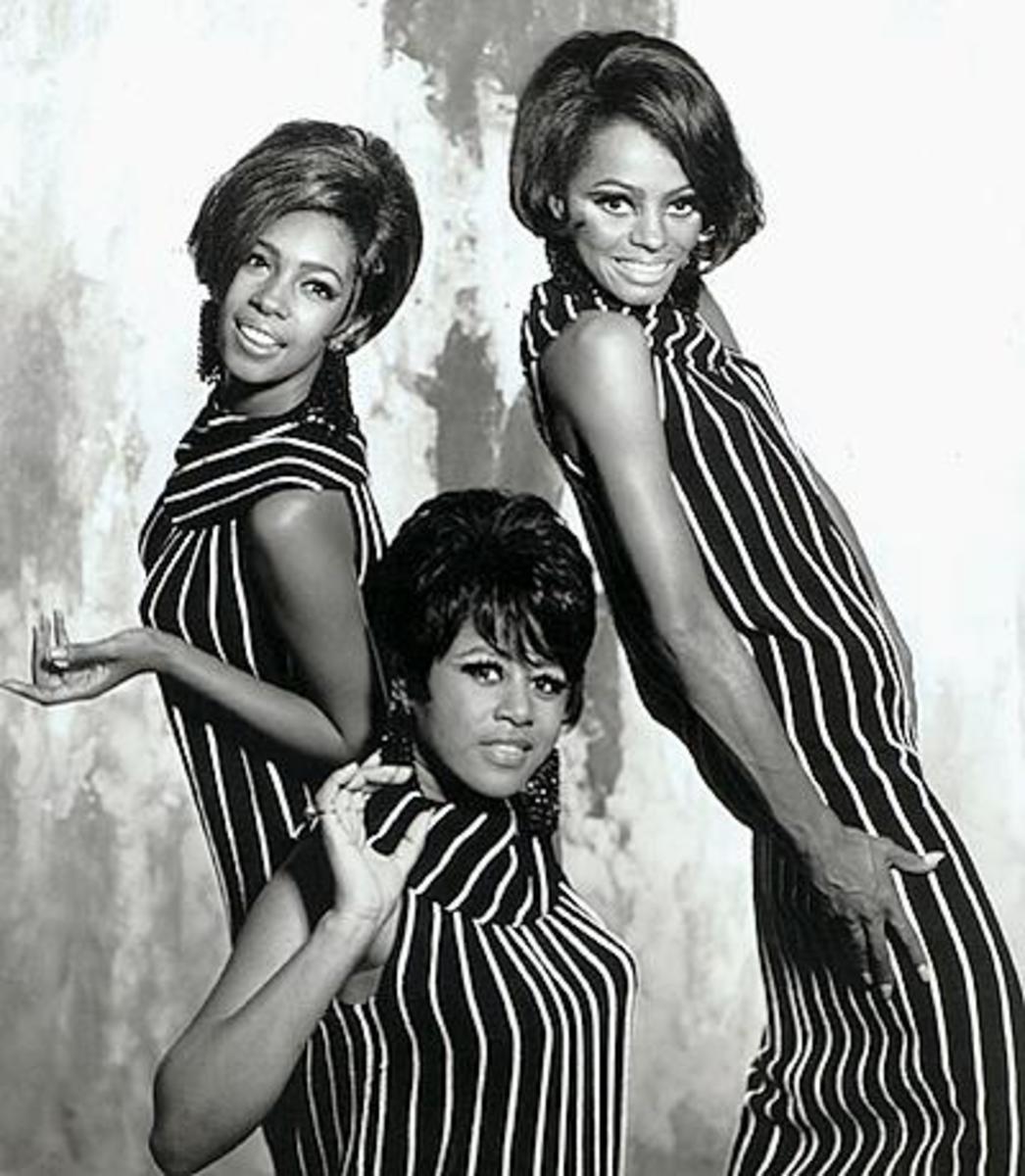My Greatest Decade: Lost Temptation – a Portrait of Paul Williams

The Temptation’s First Leader
The first half of disk one of The Temptations’ great, appropriately-named box set, Emperors of Soul, is a revelation – and an education. Memories of their endlessly recycled ‘Sixties hits on Motown’s Gordy label might lead one to presume that the group throughout the decade had always been dominated by the complimentary talents of sky-high falsetto Eddie Kendricks and gruff tenor David Ruffin. But a casual listen to The Tempts’ earliest singles, from the period 1961-63 (before Ruffin even joined), reveal that the group’s then-undisputed leader was… baritone Paul Williams.
On song after song – such as Oh Mother of Mine (the first-ever Temptations single), Romance Without Finance, Slow Down Heart and the fine The Further You Look, the Less You See – Williams’ warm, rich voice, his tone and phrasing strongly influenced by Nat King Cole, effortlessly conveyed the core of each tune’s feeling, making him, at that time, the heart and soul of the Tempts. (To be fair, Kendricks during this period also scored a few memorable leads, such as Dream Come True, which was an R&B Top 30 hit, and Paradise.) How had Paul Williams acquired such a unique talent?
The Temptations: The Further You Look (The Less You See) (Paul is second from left in photo)
Born to Sing
Born in Birmingham, Alabama, the son of a gospel singer, Williams had received his musical education in the same great school as his father and countless other soul singers before him: the black church. He befriended a schoolmate, Eddie Kendrick (later Kendricks), with a similar passion for music, and together with another friend, Kel Osbourne, they traveled to Cleveland and then to Detroit to perform, calling themselves The Primes. They developed such a loyal following in the Motor City that a local female group started calling themselves The Primettes; this group was later to be known as The Supremes. The Primes broke up, but Paul and Eddie soon joined another set of buddies – Otis Williams (born Otis Miles, Jr.), Melvin “Blue” Franklin (born David English) and Elbridge “Al” Bryant – and, boasting cool new dance moves invented by Paul, the new quintet called themselves The Elgins. After Motown chief Berry Gordy auditioned them in 1961 and liked what he saw and heard, he signed them to the label, but with one last name change, to The Temptations. Several years later, the self-destructive Al Bryant was kicked out of the group, and the much more gifted – but, as it turned out, equally self-destructive – David Ruffin (born Davis Ruffin) joined, and the Classic 5 configuration of The Temptations was born.
A New Role
Motown liked to call The Tempts “the group with five lead singers.” Well, the Classic 5 were indeed five great singers. But five leads? Never happened! Of course, super-deep bass Melvin Franklin was granted his occasional showcase, like I Truly, Truly Believe (placed on the B-side of the 1967 single I Wish It Would Rain), or the Kern-Hammerstein chestnut Ol’ Man River (from the album In a Mellow Mood, also released in 1967). And second tenor Otis Williams got his moment of glory singing lead on Smokey Robinson and Eddie Kendricks’ doo-wop tribute, Don’t Send Me Away (where he sounds like Aaron Neville), which first appeared on the B-side of the glorious 1967 single, (Loneliness Made Me Realize) It’s You That I Need. But otherwise Otis and Blue were consistently and rightly relegated to singing backup while David and Eddie, in hit after hit, fought their battle for supremacy within the group. However, this arrangement put Paul in a very awkward position. He was too talented a vocalist to be permanently consigned to the background, yet not quite powerful enough to compete with Kendricks’ soaring falsetto or Ruffin’s dramatic honey-and-grits tenor.
The solution to this problem that the group’s producer/writers came up with was interesting. In essence, they created, consciously or not, a character for Paul to sing, and then wrote songs to fit that character, on one or two tracks per album. He would be the proud, embittered, put-upon lover, always threatening to leave his woman, but never quite following through. On the songs for which David sang lead, with his desperate, eloquent, pleading wail, one thought that the relationship just might work out in the end. But with Paul on lead, you realized that the couple was already doomed… and it was downright painful that he didn’t. A fine example of such story songs is No More Water in the Well, written by Miracles members Smokey Robinson, Bobby Rogers and Warren Moore, whose title is a variation on the venerable blues trope “you don’t miss your water till your well runs dry.” The track first appeared on the 1967 album The Temptations with a Lot o’ Soul.
The Temptations: No More Water in the Well (Slideshow)
However, there was an important exception to the rule of Paul portraying the loser in love on his songs: Williams' signature tune, Don’t Look Back, written by Smokey Robinson and Ronald White, which became a Top 15 R&B hit in 1965. In the lyrics, he urges a woman to forget the pain of her past and think ahead to their bright future together. Consciously or not, the song seems to reflect the optimism of black people at the time, when it was widely thought that America’s racially troubled past could somehow be transcended.
Moments of Glory
In 1968, somebody at Motown had the brilliant idea of having The Temptations get together to record some songs with Motown’s biggest hitmakers, The Supremes. The pairing of the two Motown supergroups in the studio resulted in one of Williams’ most impressive performances on Try It Baby, a song written by Berry Gordy. Astonishingly, Paul is not heard at all on this track until after the two-and-a-half minute mark, when the song is nearly two-thirds over, but once he opens his mouth and shouts “Listen!” he hits the record out of the park, far surpassing in power the excellent vocals by Diana Ross and his bandmate, Mel Franklin. At the risk of heresy, I would even say I prefer this to Marvin Gaye’s wonderfully sophisticated version of the song, released in 1964, with background vocals by The Tempts themselves.
Diana Ross & The Supremes and The Temptations: Try It Baby
The collaboration of The Supremes and The Tempts carried over into other media, too. Motown in late 1968 created a smash-hit TV special to spotlight them called TCB (“Taking Care of Business”). The show has one great, transcendent moment: Paul Williams’ lead vocal on the classic song For Once in My Life. Co-written by Ron Miller, one of Motown’s best white songwriters, the tune had already been recorded by several other artists, including, of course, Stevie Wonder, whose rendition became a number two pop hit in late 1968. But Paul’s version is the definitive one. For once, he doesn’t sing with the classic restraint of his earlier singles, but gives the song every ounce of feeling and power in him. Yet the video clip is painful to watch, for Williams was going through a very tough period in his life, and it showed. Suffering from sickle cell anemia, in love with a woman who was not his wife yet unable or unwilling to leave his family – and with an increasingly serious alcohol problem on top of all that – his private life was a mess. And so it’s difficult not to think of all this while watching him perform this number, his face contorted in what seems like anguish. It’s a classic, but deeply troubling, soul performance.
TCB: The Temptations - For Once in My Life
A Sad Finale
Though recorded and released in 1971, and thus outside the 1960s time limit of this series of articles, I can’t resist adding a word about Paul Williams’ final Temptations single, the wonderful Norman Whitfield - Barrett Strong classic, Just My Imagination (Running Away With Me). This is, of course, Eddie Kendricks’ showpiece, and his finest ever performance. But Paul, although he sings solo on just one line (“Every night on my knees I pray”), makes his vocal incredibly memorable. You could isolate that one line and the way Williams sings it to define what soul music once was, and to communicate how much beauty soul artists added to the popular music of the day.
Two years later, on August 17, 1973, Paul Williams’ body was found in a car in Detroit, not far from the site of the original Motown recording studio. His death was ruled a suicide. He was 34 years old.
© 2014 John D. Baldwin








